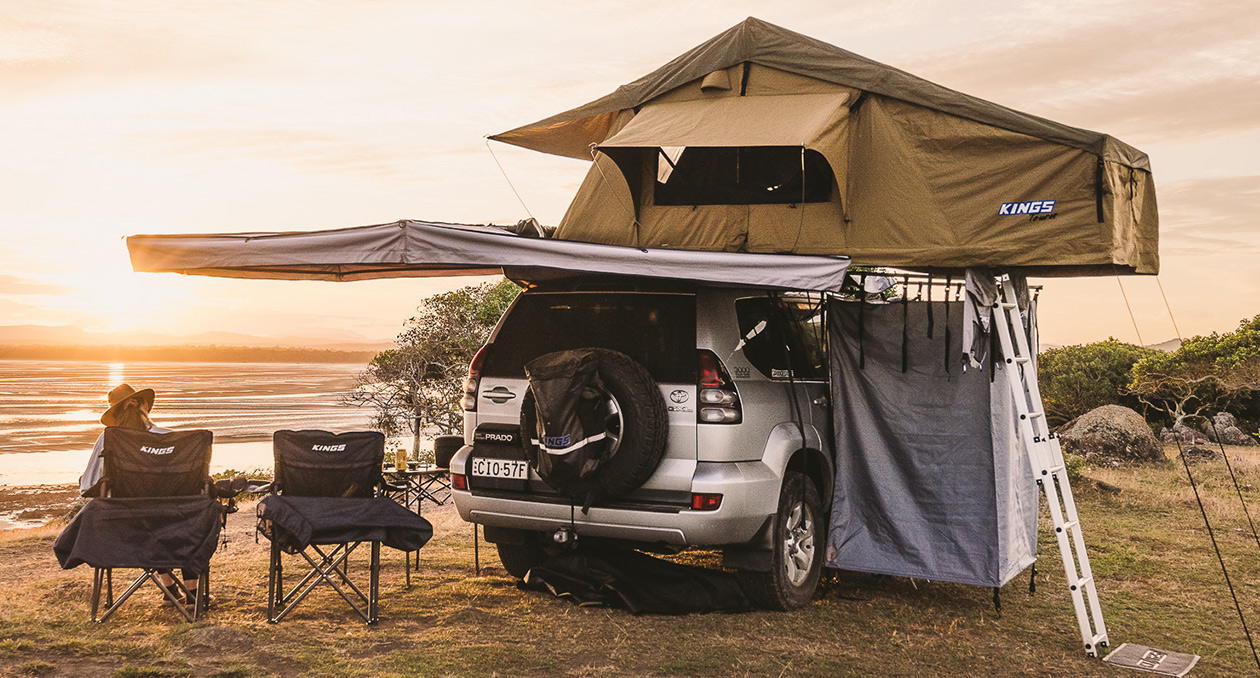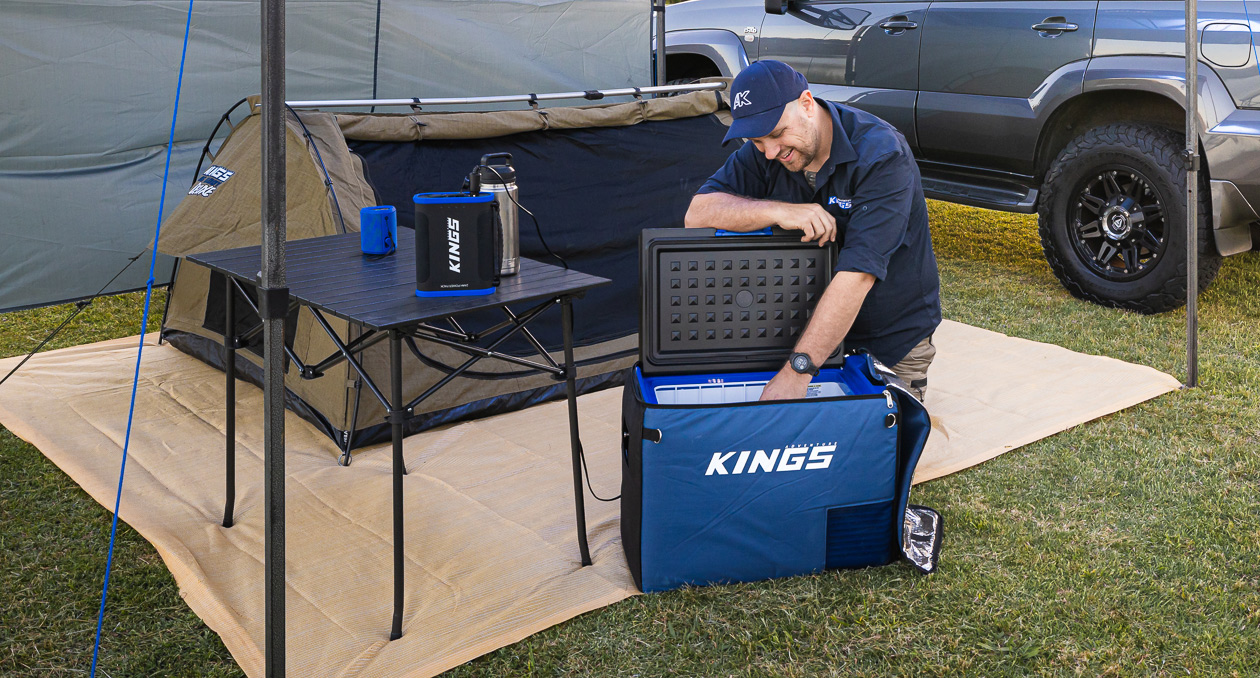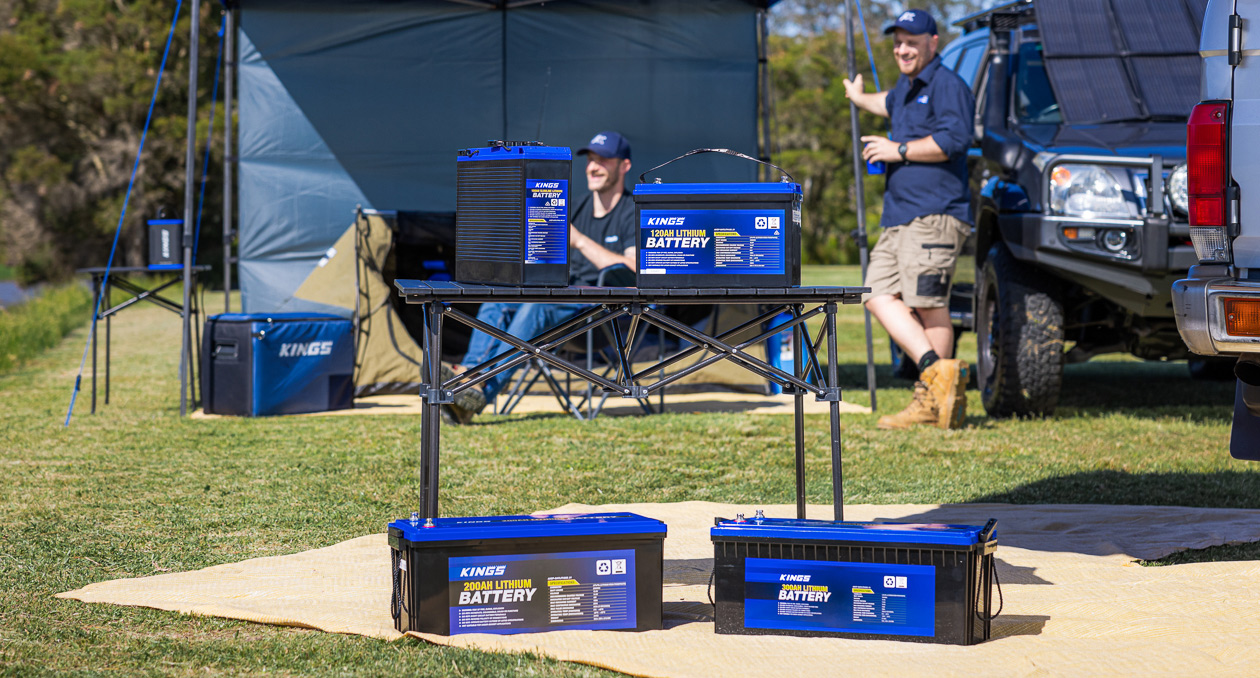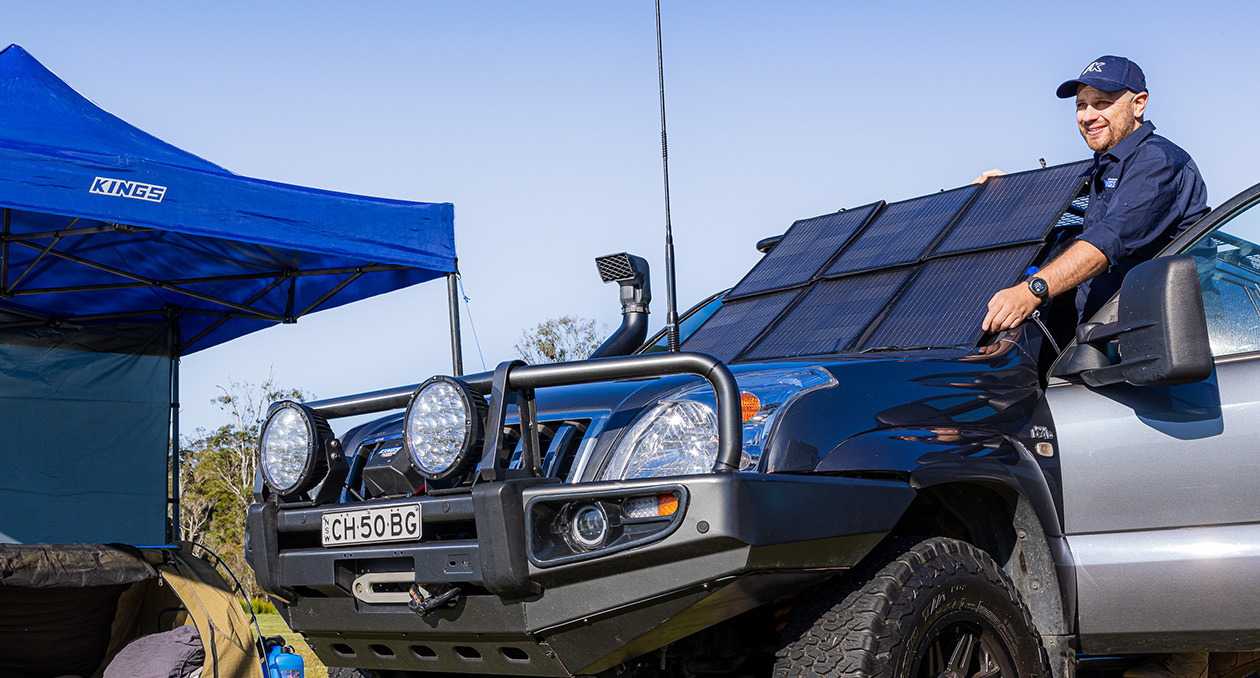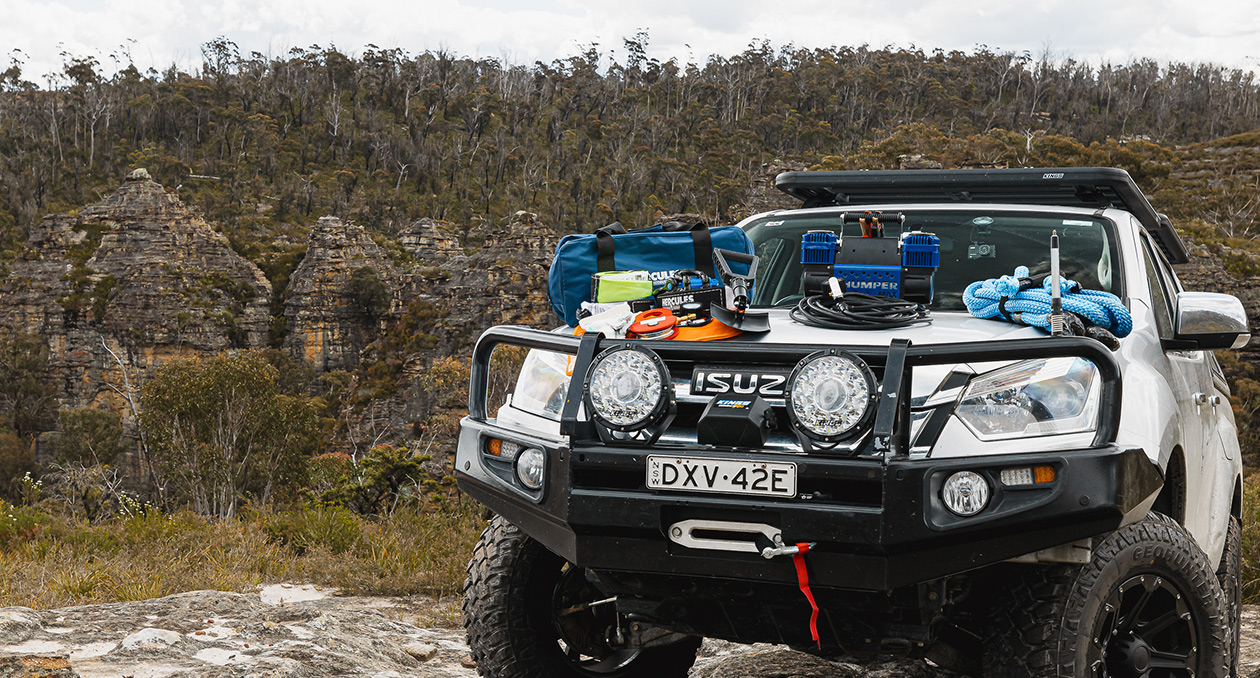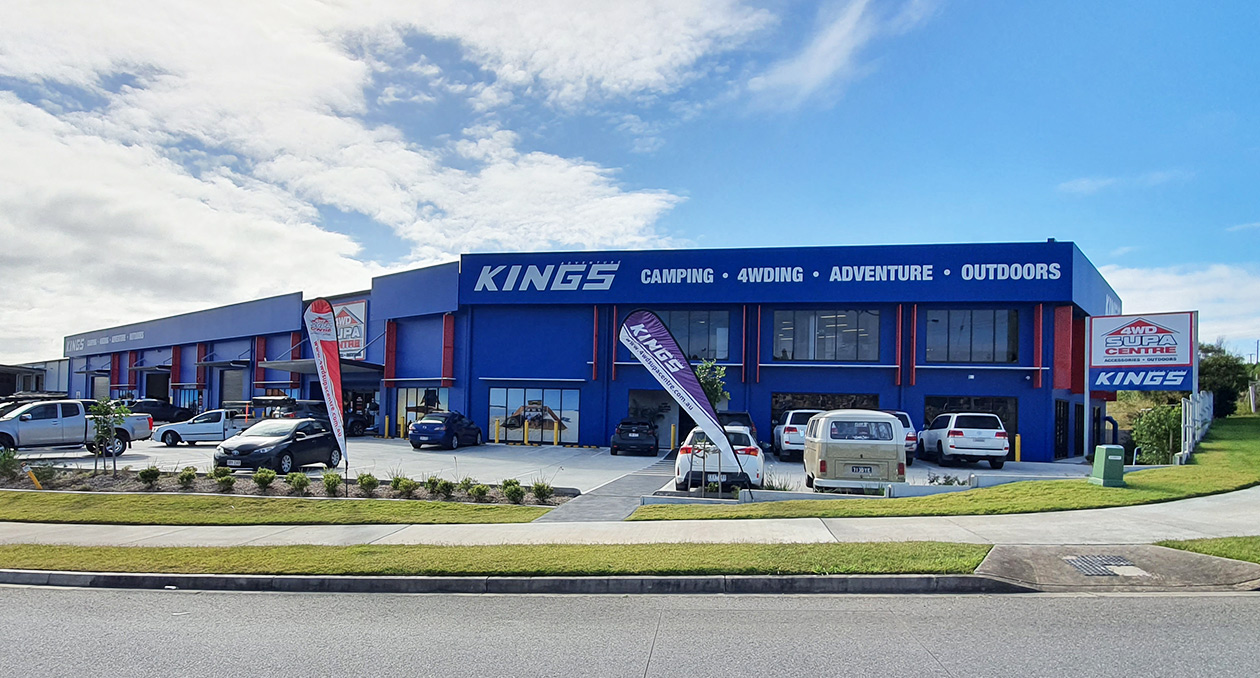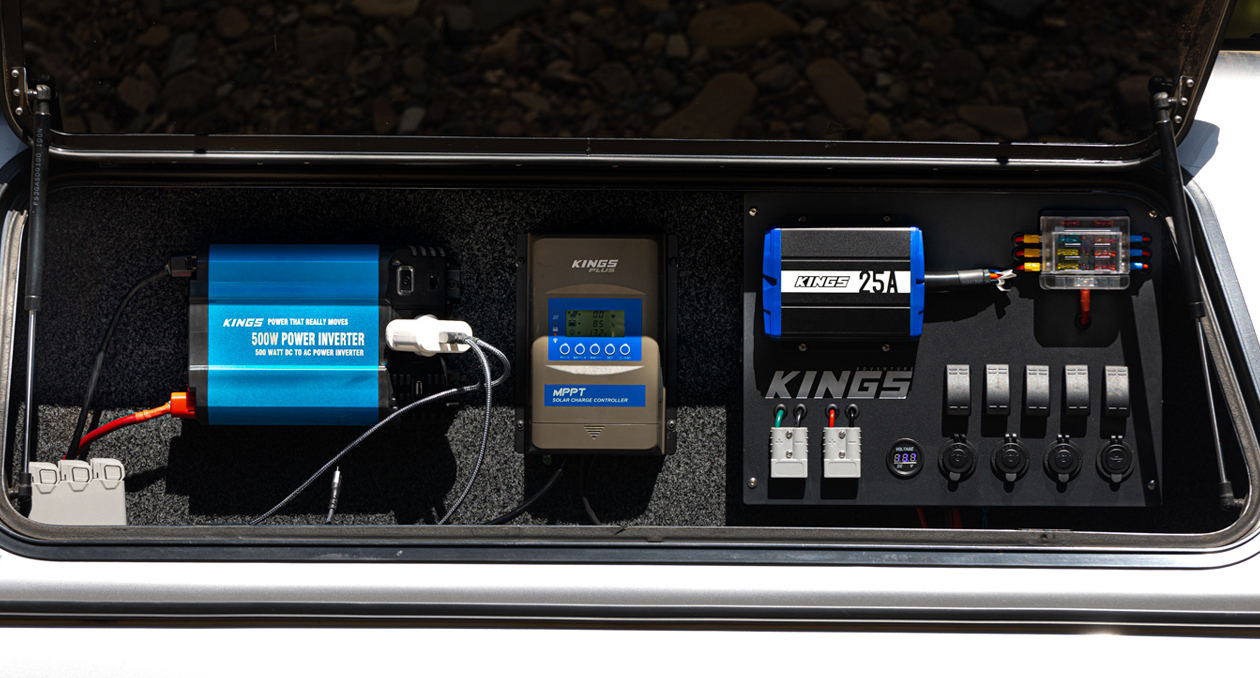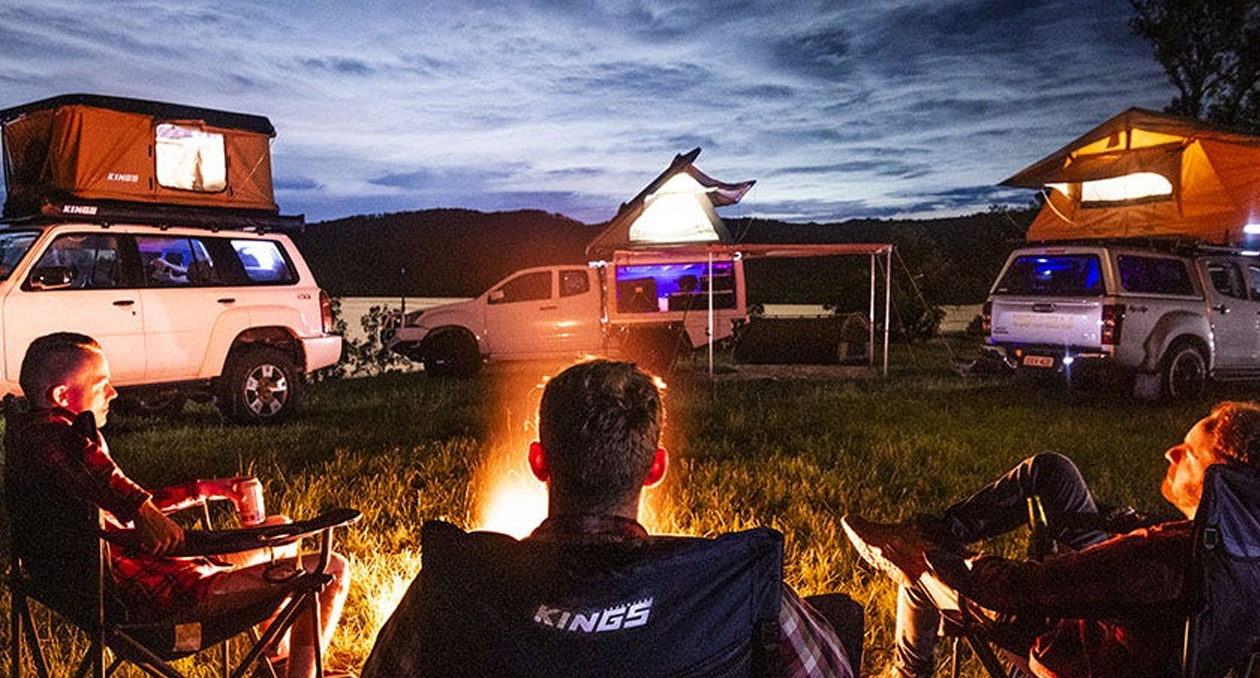SLEEPING BAG GUIDE
Everything you need to know about Sleeping Bags
Sleeping bags are essential gear for any Aussie camping adventure, providing warmth and comfort for a good night's sleep under the stars.
In this article, we’ll cover everything you need to know about sleeping bags, including how to choose the right one, insulation types, zip options, pack size, weight and proper care.
Whether you're camping in the hot Australian outback in your trusty swag or the chilly highlands, we’ve got you covered with tips to keep you comfortable and warm.
How to choose a sleeping bag
There are countless options with various shapes, types, insulation levels, zip options, weights and pack sizes, making it tough to choose the right one. In this guide, we'll explore the different sleeping bags available and provide a clear breakdown of what to consider when selecting the perfect one for your needs.
Sleeping bag shapes
Let’s start with the shape of the sleeping bag. We can break these into four main shapes, each with benefits for certain conditions or sleep preferences.
- Mummy bags
Feature a tapered design for maximum warmth and minimal weight. This shape is ideal for cooler conditions and often features a hood for extra warmth. - Rectangular bags
Rectangular bags, like our Kings’ Universal Sleeping Bag, offer more room to move and are great for warm-weather camping. - Semi-rectangular bags
A hybrid option, featuring a hood, offering a balance between warmth and leg space. - Double bags
Double bags are designed for two people, perfect for couples or those who value extra room. These bags offer a snug, warm environment by allowing two people to share body heat.
In addition to shape, sleeping bags come in a range of sizes. We offer spacious options, with some that can zip together to form a king-size bag, measuring up to 1800 mm in width and 2400mm in length. We also offer smaller kids' sleeping bags.
The smaller size of children’s sleeping bags means that there is less air space for the child’s body to heat, enabling them to maintain a comfortable sleeping temperature with ease.
Types of Sleeping Bags
Another consideration when choosing a sleeping bag is what they are filled with, which impacts the level of warmth they provide, their breathability and drying capability.
- Down-filled bags
These are lightweight, highly compressible and excellent for cold weather, but less effective and hard to dry when wet. - Synthetic-filled bags
These are crafted with synthetic fibre to ensure superior insulation. They dry faster than down-filled bags and are easier to maintain, making them ideal for rugged outdoor activities. Additionally, synthetic bags are hypoallergenic, making them a great choice for campers with allergies.
Insulation
Another factor to consider when choosing a bag is how warm the bag will keep you as you sleep. For this, we consider the bag’s insulation properties.
Understanding TOGs
TOG stands for 'Thermal Overall Grade,' and measures how well your sleepwear and bedding will keep you warm. Let’s dive deeper.
- 1 TOG
Suitable for warm summer nights, temperatures above 15°C. - 2.5 TOG
Versatile for spring and autumn, temperatures between 5°C to 15°C. - 3.5 TOG
Ideal for cold winter conditions, temperatures below 5°C.
To further understand the concept of TOG, let’s consider some frequently asked questions:
Is 1 TOG sleeping bag warm enough?
A TOG 1 is likely warm enough if you are camping during the Australian summer months when overnight temperatures tend to stay above 15°C.
What temperature is a 3.5 TOG sleeping bag?
If we consult the ratings above, we can see that a 3.5 TOG sleeping bag is suitable for temperatures below 5°C, perfect for Australian winter nights.
Are 3.5 TOG sleeping bags safe?
3.5 TOG sleeping bags are safe to use in cooler weather conditions of below 5°C.
Summer and winter-appropriate insulation
We can use TOGs as a way of understanding what kind of bag may be appropriate for the season we are camping in.
- Summer insulation
Look for lightweight and breathable materials to keep you cool and comfortable. Look for bags rated 1 to 2.5 TOG such as the Premium Winter/Summer Sleeping Bag which has layers that can be removed for warmer conditions, making it a versatile all-year-round option. - Winter insulation
For winter camping, look for heavier, more insulating materials like high-fill down or advanced synthetics. Aim for bags rated 3.5 TOG and above such as the Kings’ Universal Sleeping Bag or the Kings’ Premium Bag.
Left-hand / Right-hand zips
Zip positioning is another consideration when selecting a sleeping bag.
- Left-hand zips These are easier for right-handed users and are common in many sleeping bags.
- Right-hand zips Designed for left-handed users, less common but are available in the Kings’ sleeping bag range.
- Combining zips Some sleeping bags can be zipped together, making a double bag. Kings offers a large range of combined zip options for those looking for great double bag options.
Pack size and weight
Pack size and weight will impact a sleeping bag’s suitability for activities such as hiking and will need to be considered in conjunction with the size and weight of your pack.
- Ultralight options
Such as the Kings’ Hooded Sleeping Bag are ideal for backpackers and hikers as they are lightweight and easy to pack. - Layered options
Such as the Kings’ Premium Bag, may be slightly denser to pack but offers removable layers for extra warmth during the colder months.
When considering the weight of your bag, you’ll need to balance the need for warmth with the ability to carry your gear comfortably.
How to care for your sleeping bag
Once you have chosen a sleeping bag, it is important to understand how to care for it properly so that it can be used for many years (and adventures!) to come.
Do I need a sleeping bag liner?One way to help maintain your sleeping bag is to use a liner. Let’s take a look at some frequently asked questions about liners.
Can you sleep in a sleeping bag liner?Absolutely! Using a liner inside your sleeping bag helps keep it clean, reducing the need for frequent washing and ultimately extending the life of your bag.
Do sleeping bag liners add warmth?You may be wondering, do sleeping bag liners keep you warmer? Yes, they do! Liners add insulation, helping to keep you snug and comfortable on chilly nights.
Do sleeping bag liners work?They work effectively by providing additional warmth and keeping your sleeping bag cleaner for longer.
Liners come in a variety of materials including flannel, silk, and thermal, allowing you to choose based on your need for breathability or warmth in different weather conditions.
How to wash a sleeping bag
Washing a sleeping bag properly is crucial to maintaining its insulation, comfort, and durability. Kings’ range of sleeping bags are designed to be easy to clean and waterproof.
As always we’d caution you to follow your bag’s manufacturer’s instructions but here are some general good practice tips for how to wash a sleeping bag.
Most synthetic fibre sleeping bags can be machine-washed in cold water on a gentle cycle with a mild detergent. For best results, use a front-loading washer or a washer without an agitator. Avoid over washing and using harsh chemicals to preserve the waterproof and thermal features of the sleeping bag.
Once washed, you must dry your sleeping bag thoroughly to avoid moisture damage and bad smells due to dampness. Air drying is recommended, although some sleeping bags can be tumble-dried on low heat with tennis balls to maintain loft.
How to roll up your sleeping bag
Knowing how to roll a sleeping bag correctly is essential for proper storage and extending its lifespan. Here’s a quick guide on how to roll up different shaped sleeping bags:
How to roll a sleeping bagLay the bag flat, fold it in thirds lengthwise, and roll tightly from the bottom. This method ensures compact storage and helps maintain the bag's shape.
How to roll up a sleeping gag with a hoodFold the hood into the bag before rolling. This technique keeps the hood tidy and ensures the bag rolls up neatly.
How to roll up a sleeping bag with strapsUse the attached straps to secure the rolled bag. Straps help keep the roll tight and make it easier to carry.
How to store your sleeping bag
Proper storage is crucial for maintaining the insulation and loft of your sleeping bag:
- Long-term storage
Store loosely in a large cotton or mesh bag to maintain the loft and avoid compressing the insulation. This method prevents damage and keeps your sleeping bag in top condition. - Short-term storage
Compression sacks are okay for short-term use but avoid storing for a long time in the sack as it will damage the insulation and loft.
Summary
Choosing the right sleeping bag can make or break your camping experience. When choosing a sleeping bag, it’s important to consider the shape, type, insulation, and additional features like zip orientation and pack size, to find an option that suits your camping needs.
Once you’ve chosen your perfect sleeping bag, proper care and maintenance, including washing and storage, will ensure it lasts for many adventures to come.
Check out the Adventure Kings’ range of sleeping bags for high-quality options that cater to all your camping needs.

Related Products
